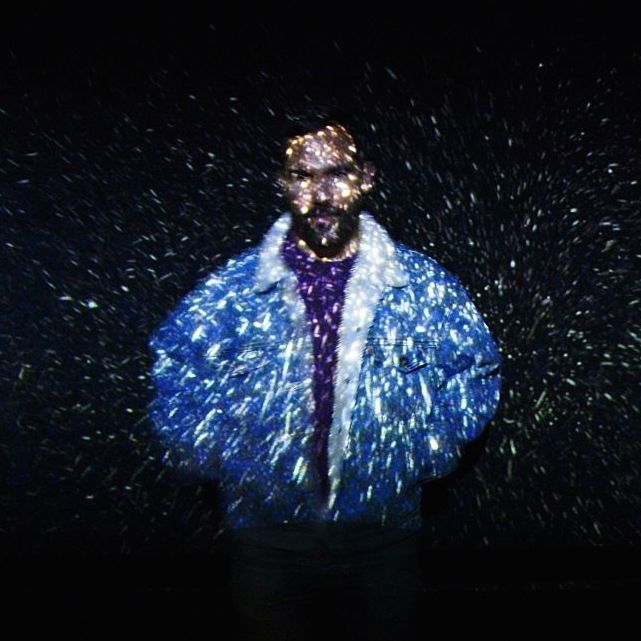PHOTOS & SPANISH VERSION BELOW
The former State Art Institute of Florence, today the State Art School of Porta Romana (Liceo Artistico Statale di Porta Romana), celebrates in April 2019 a century and a half years since its inception. From 9 to 13 April, Porta Romana Art School students and teachers have prepared a series of events consisting of exhibitions, installations, performances, and documentaries to celebrate its 150th anniversary. The school was, and still is, an important reference for the artistic education in Florence specifically and countrywide in general.
Founded in 1869 in Santa Croce as learning workshops for wood carvers, cabinetmakers, and carpenters, after ten years, it was transformed into a professional education center for applied art, as many countries with concern for aesthetics did in the midst of the industrial revolution. The Florence State Art Institute was a referential training centre for the local artisan aristocracy. Its faculty counted with important masters such as Pietro Parigi, Libero Andreotti or Bruno Innocenti. In 1923 the institution transferred its headquarters to Porta Romana, where it is still today and where the anniversary events are celebrated.
Event programme
El Liceo Artistico Statale di Porta Romana celebra su 150.º aniversario
El antiguo Instituto Estatal de Arte de Florencia, hoy el Liceo Artistico Statale di Porta Romana, celebra en abril de 2019 un siglo y medio de actividad desde su fundación. Exposiciones, instalaciones, performances, documentales… del 9 al 13 de abril, los estudiantes y maestros de la Escuela de Arte de Porta Romana festejan el aniversario de un instituto que supuso, y aún es en la actualidad, un punto de referencia significativo para la educación artística en Florencia y en Italia.
Fundado en 1869 en Santa Croce como una escuela de talladores de madera, ebanistas y carpinteros, se transformó en 1880 en una centro profesional de formación para las artes decorativas e industriales. El Instituto de Arte de Florencia constituyó el lugar de formación para una aristocracia artesanal que tuvo como maestros a Pietro Parigi, Libero Andreotti o Bruno Innocenti. En 1923 la institución trasladó a su sede a Porta Romana, donde hoy conmemoramos este acontecimiento.
Programa del evento




















